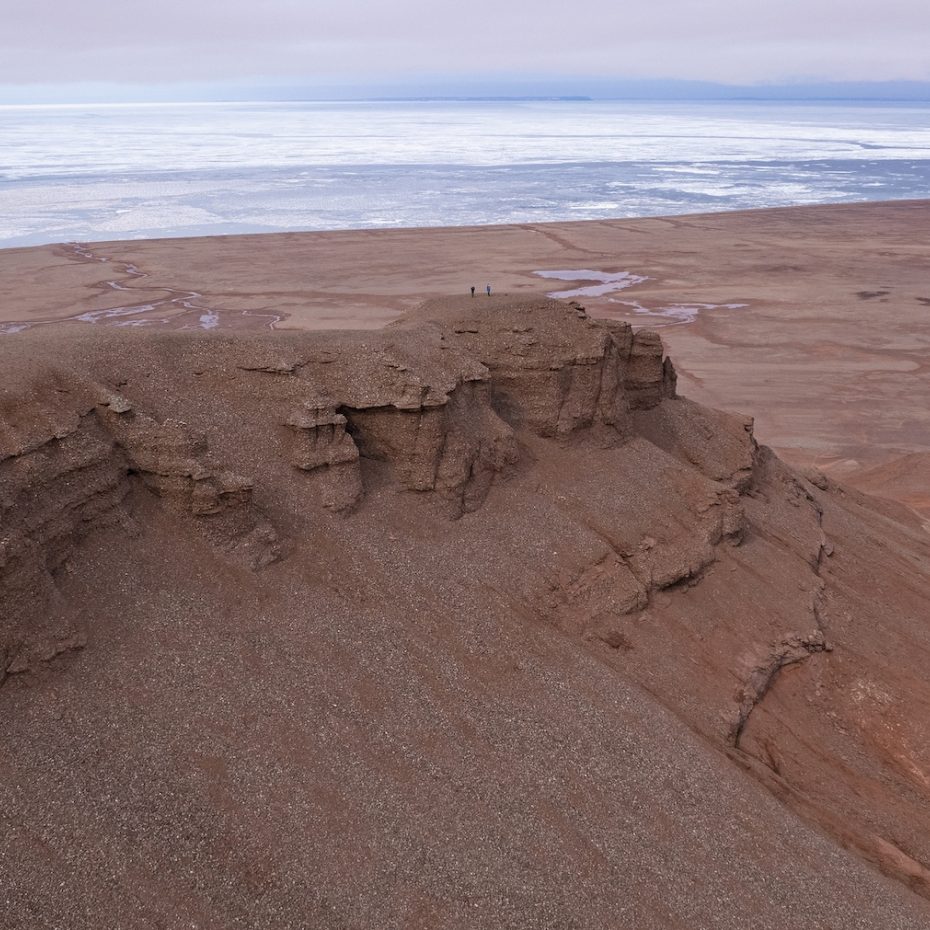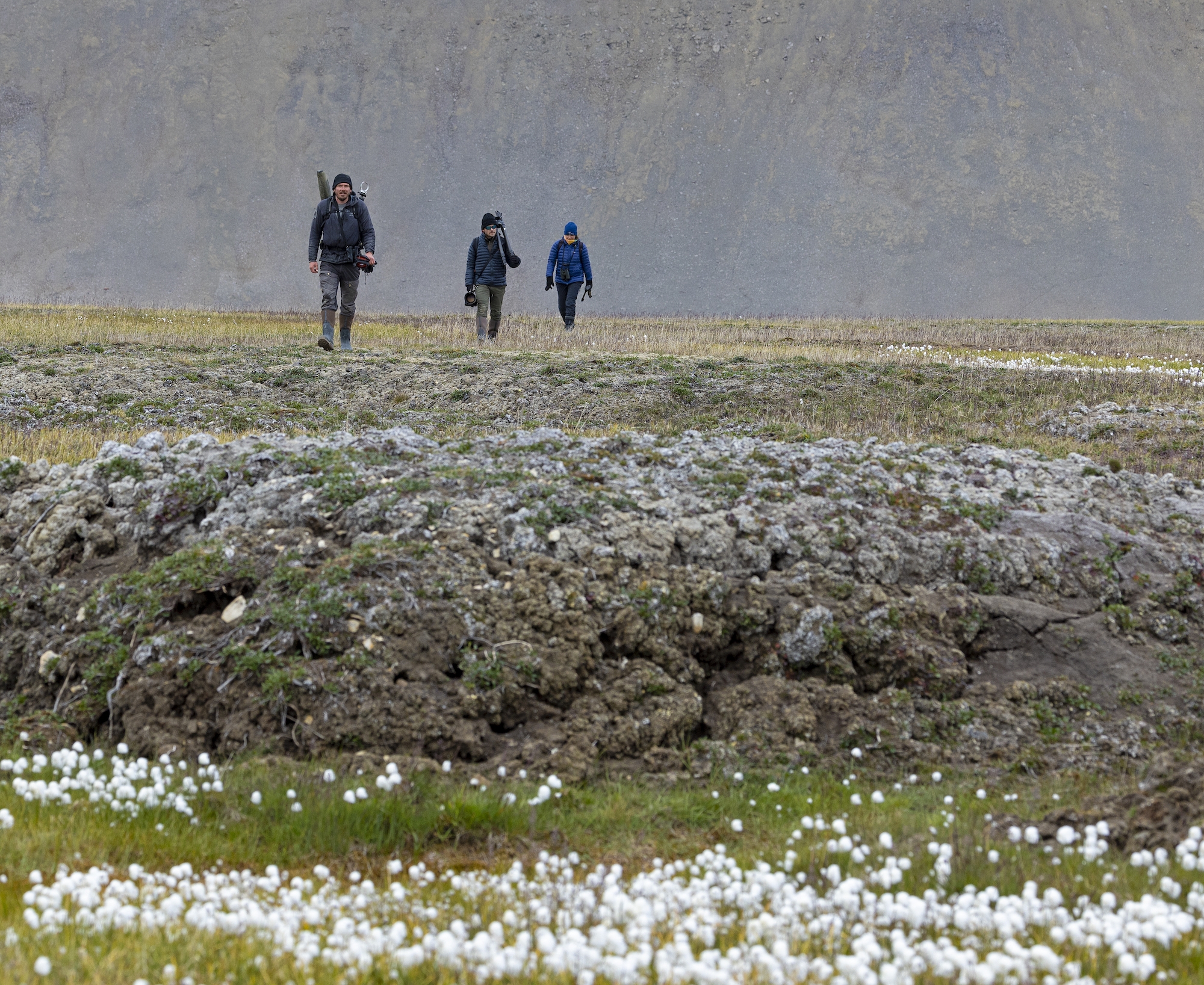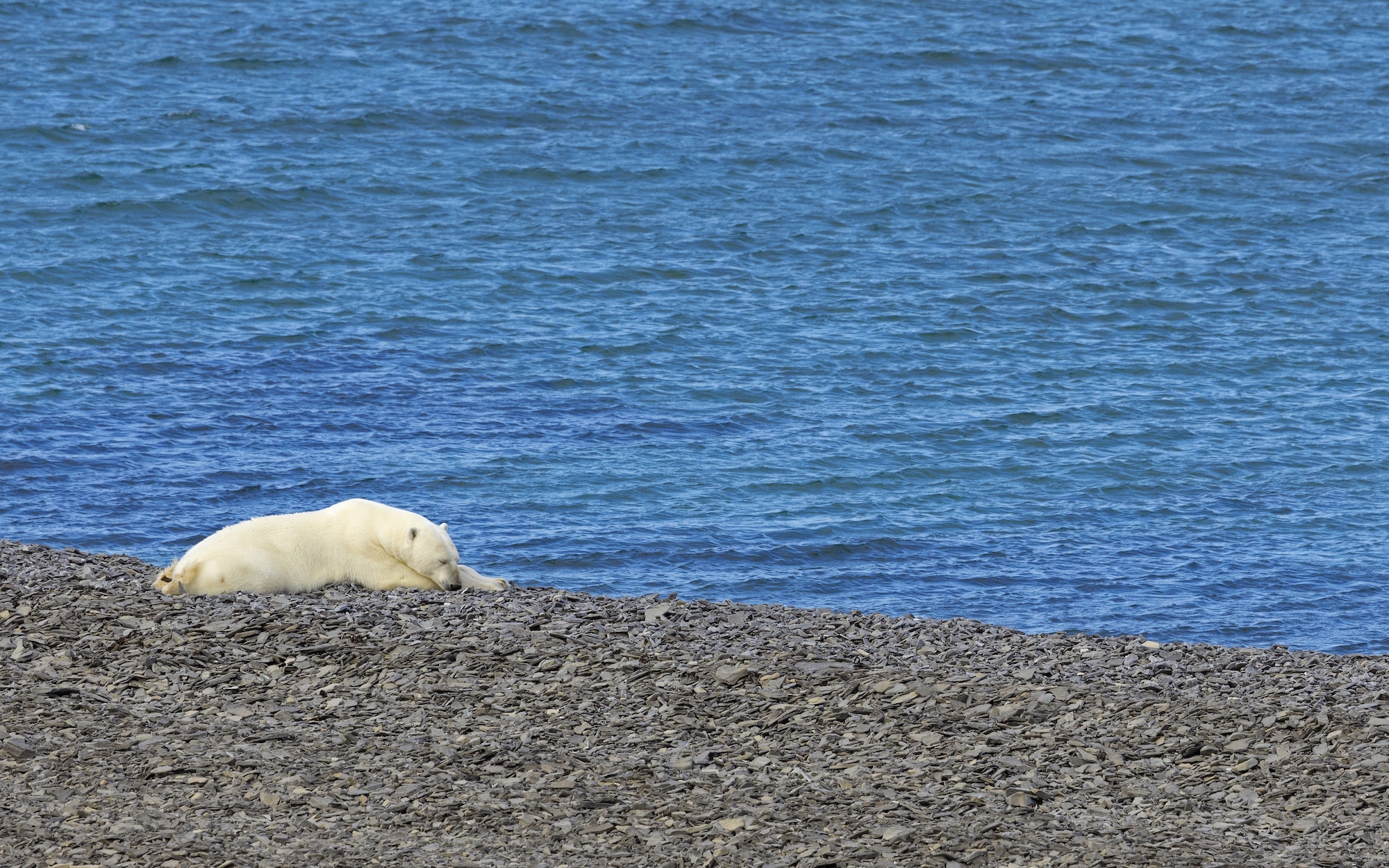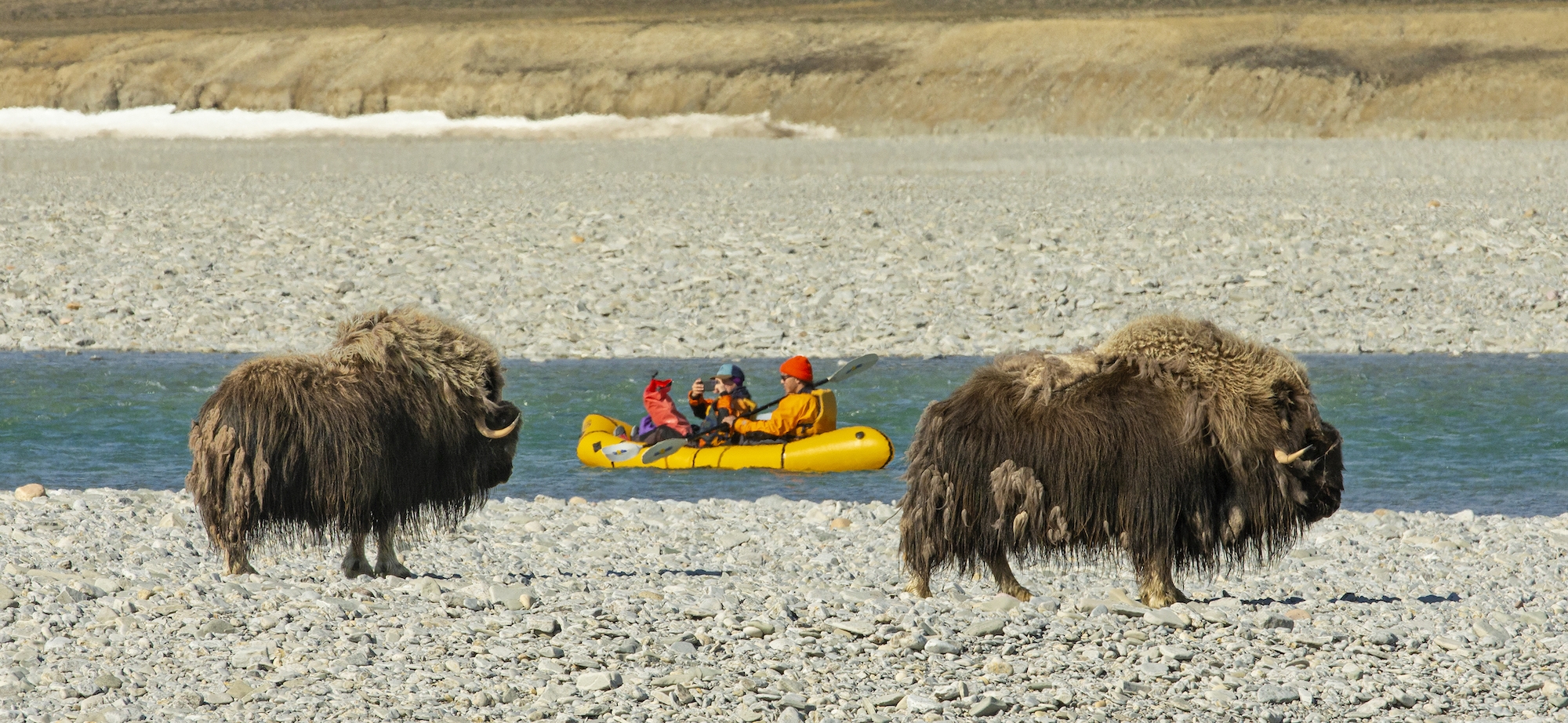
July 20, 2023 | Arctic Watch
Helicopter Protocols for Low Impact Arctic Tourism
Protecting Wildlife and Pristine Arctic Ecosystems.
When used properly, helicopters can be a great tool for not only experiencing Arctic eco-systems, but also ensuring low impact tourism is carried out in a sensitive and responsible manner.
As part of a stay at Arctic Watch, many guests will choose to utilize our helicopter stationed at the lodge. Here are a few of the protocols we adopt to ensure our helicopter operations are carried out in a sensitive manner that contributes to low-impact tourism and helps ensure the Arctic ecosystem remains pristine:
Noise Sensitivity: Elevated Flying for Reduced Impact
One of the most significant concerns when using helicopters in low-impact tourism is noise pollution. Wildlife, especially those in remote and pristine areas, can be highly sensitive to sound disturbances. To mitigate this, our helicopter generally flies at high elevations when traveling between destinations, typically between 800 and 1500 feet above ground level. At such heights, the noise impact on wildlife is significantly reduced.
For instance, the Bell 206LR helicopter, a machine we use, produces around 80 decibels at a distance of 1000 feet elevation. This sound level is considerably lower than when the helicopter is flying at lower altitudes. Adhering to these elevation guidelines is crucial to respect the natural habitats and behaviors of the local fauna. (In comparison, a basic ATV produces about 97 decibels)

Keeping a Safe Distance from Wildlife
To ensure the safety and well-being of Arctic wildlife, helicopters should avoid landing or hovering near wildlife. Instead, visitors can be transported to a landing zone a safe distance away, and from there, they can proceed on foot to observe animals in their natural environment.
This allows guests to experience authentic encounters while ensuring minimal disruption to the animals' daily routines and behavior.

Helicopters as Access Tools for Sustainable Adventures
Helicopters can be valuable transportation to enable guests to explore remote and breathtaking locations for low-impact activities such as kayaking, rafting, hiking, and wildlife observation. Once the helicopter lands at a designated spot, visitors can embark on low-impact adventures, appreciating the beauty of nature without leaving behind a substantial ecological footprint.

Embracing Drones for Aerial Photography
To uphold the principles of low-impact tourism, it's essential to avoid using helicopters for aerial photography. Instead, drones offer a more environmentally friendly alternative for capturing stunning visuals from the sky. Drones produce significantly lower noise levels and have a smaller physical impact on the surroundings. We set standards for altitudes to which drones can photograph wildlife to ensure they do not scare local species. Always ask your guides before deploying a drone.

Helicopters as Support Tools for Conservation Work
Through our foundation, we provide a dedicated amount of flight time for researchers to access remote areas on the tundra to conduct their work. By allowing researchers access to these pristine Arctic ecosystems, we ensure that proper baseline scientific data can be recorded for scientific work that contributes to sustainable conservation efforts in the polar regions.
We're here to help.
We understand that booking a trip like this is a big endeavour. Please reach out to us with any questions that you might have regarding your upcoming adventure.



